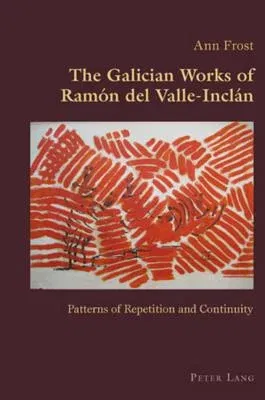Ann Frost
(Author)Hispanic Studies: Culture and Ideas: Patterns of Repetition and ContinuityPaperback, 27 October 2010

Qty
1
Turbo
Ships in 2 - 3 days
In Stock
Free Delivery
Cash on Delivery
15 Days
Free Returns
Secure Checkout

Part of Series
Hispanic Studies: Culture and Ideas
Print Length
240 pages
Language
English
Publisher
Peter Lang Copyright AG - Ipsuk
Date Published
27 Oct 2010
ISBN-10
3034302428
ISBN-13
9783034302425
Description
Product Details
Author:
Book Format:
Paperback
Country of Origin:
CH
Date Published:
27 October 2010
Dimensions:
22.86 x
15.24 x
1.35 cm
ISBN-10:
3034302428
ISBN-13:
9783034302425
Language:
English
Location:
Bern
Pages:
240
Publisher:
Weight:
340.19 gm